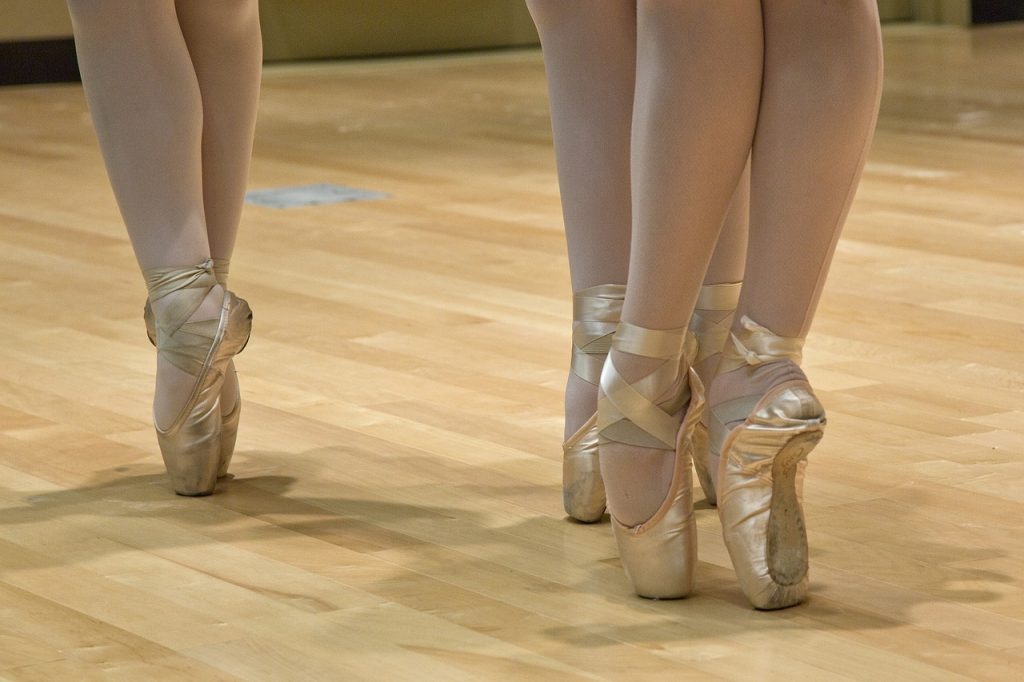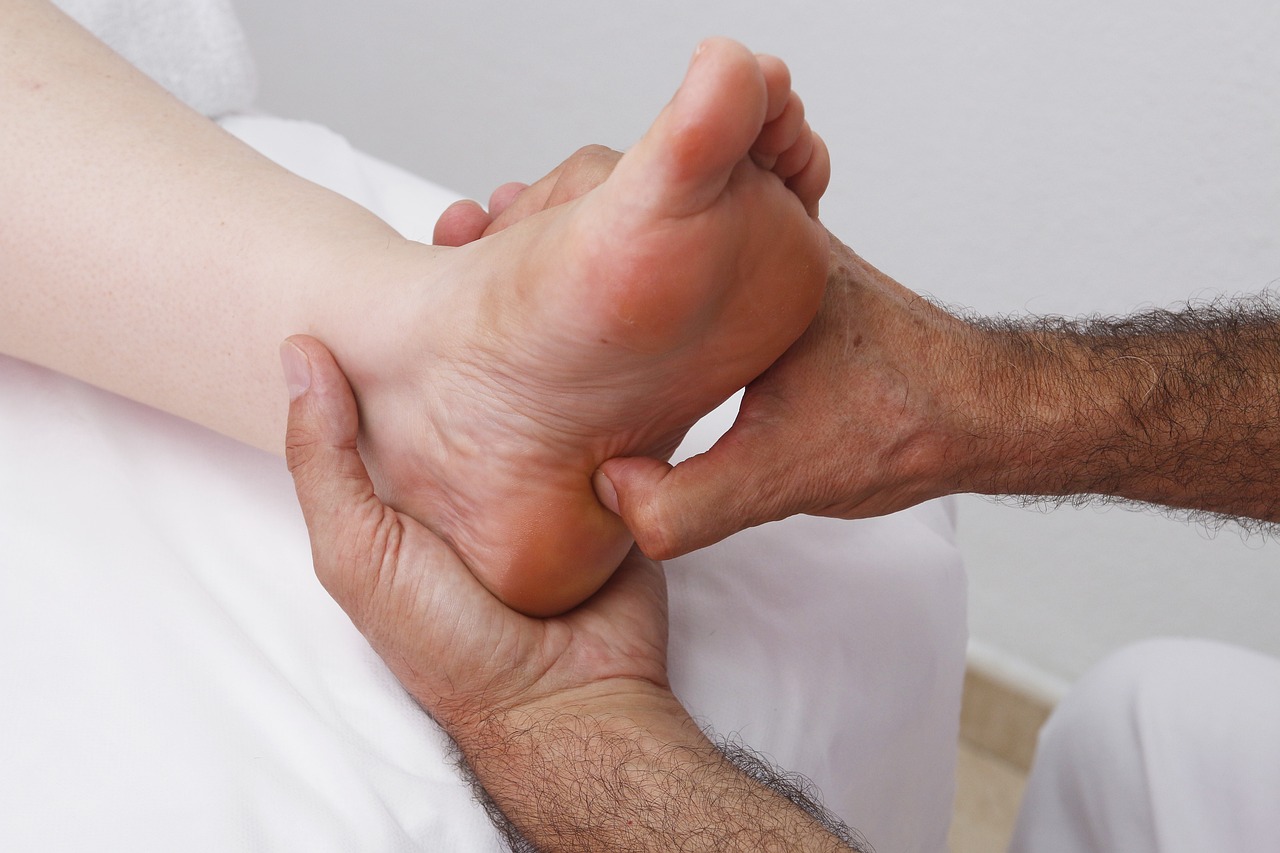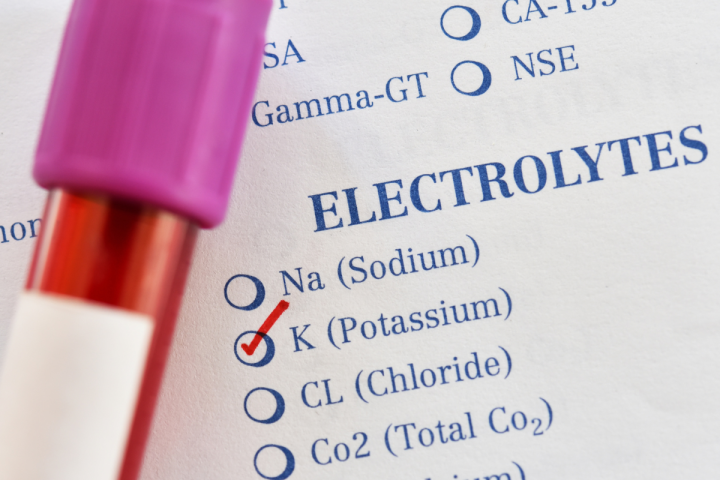A heel spur is the most common injury to the foot. It is a bony growth, arising on the surface of the heel bone, which is caused by degenerative changes in the medial process of the heel bone cusp. In its case, pain is felt within the heel.
How does a heel spur develop?
Heel spurs are not a condition that appears immediately. The ongoing inflammatory process at the point where the heel bone joins the structure, tensing and relaxing with each step, causes excess bone tissue to form there, which gradually grows. The death of the cells that build up the soleus tendon influences their replacement by the processes of myxoid degeneration. Micro-calcifications, formed at the site of damage to individual fibres of the tendon, gradually develop into spurs. However, they are a symptom of the disease and not the cause.
The presence of inflammation and a bony spur causes shortening of the tendon and worsening of the heel valgus. Over time, the normal muscle tone of the contracture is disrupted, resulting in defects in the feet and even the entire limbs. The heel spur eventually leads to a limp on the leg and begins to prevent walking on tiptoe and putting on shoes efficiently.
It is worth knowing that heel spurs can be found on X-rays in approximately 50% patients. 20% of them never experienced pain because of them.
Cause of heel spurs
The cause of the formation of a heel spur is inflammation at the site, the connection between the heel bone and the tightening and loosening structure. It is favoured by wearing uncomfortable shoes that are too small or slippers with a hard heel counter and overloading due to excessive weight. The longitudinal arch of the foot flattens strongly and the heel cleft stretches.
This problem affects both men and women. People who are obese and have a limited range of movement at the ankle are particularly at risk. It can result from wearing high-heeled shoes or playing sports. The condition often occurs in runners or dancers. Heel spurs also affect tennis and volleyball players.

In addition, causes of heel spurs may also include:
- inadequate treatment of foot injuries, omission or inadequate treatment of chronic inflammation of the plantar tendon or Achilles tendon,
- gait disturbances affecting excessive pressure on the heel bone,
- running on paved surfaces,
- ill-fitting footwear,
- overweight and obesity,
- diabetes,
- decrease in flexibility of the plantar fascia,
- working in a standing position,
- intense physical exertion,
- age.
Heel spur - symptoms
Heel spurs usually manifest themselves as sudden and very annoying heel pain. Initially, the pain is only felt when walking, especially in the morning. Then, it can still be relieved, but over time it starts to get worse again.
The extent of the pain sometimes covers the whole foot, and sometimes manifests itself in points. In the initial phase of the disease, the pain disappears after prolonged rest, but later rest proves insufficient. This is because the pain occurs while sitting, lying down and even at night.
Heel spur treatment
If you have symptoms of heel spurs, you need to seek help from an orthopaedic surgeon. It is important to locate the site of pain. A palpation examination and, if this condition is suspected, an X-ray examination is necessary to obtain a diagnosis. Treatment or orthopaedic rehabilitation can then be initiated.
In the more advanced form of heel spurs, pharmacotherapy - non-steroidal anti-inflammatory drugs or injectable steroidal drugs - should be used. During treatment it is sometimes necessary to use preparations containing stem cells. The most common source of these is the patient's bone marrow.
Orthopaedic rehabilitation includes physical therapy such as laser, magnetic field, ultrasound and movement therapy. The patient should perform a special set of exercises for several weeks.Good effects are also given by the manual therapy (massage). It improves blood supply and nutrition to the affected area, thus accelerating the healing process. Wearing orthopaedic insoles and gel insoles is also effective as a complement to therapy.
As part of the prevention of the development of inflammation, attention should be paid to choosing the right footwear and selecting fitted shoes that have comfortable insoles.




